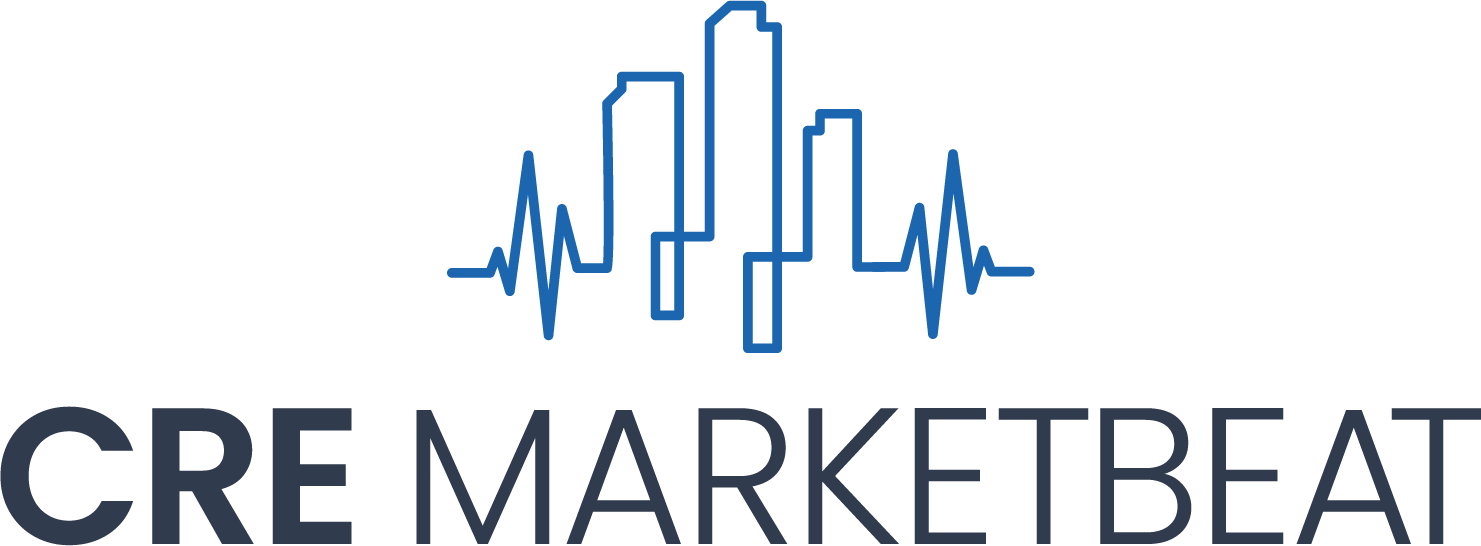**Back-Office Lift-Outs and CRE Benefits: A Strategic Shift for Institutional Investors**
Institutional real estate investors are increasingly looking to enhance commercial real estate (CRE) returns by offloading non-core functions such as accounting, compliance reporting, and administrative support. The goal is to redirect leadership focus toward high-value activities like investment decision-making, capital allocation, and asset performance analysis.
While outsourcing once served as the go-to strategy for handling back-office responsibilities, a growing number of investors are now turning to a more integrated solution: back-office lift-outs.
### Lifting Out vs. Outsourcing
Traditional outsourcing involves delegating back-office functions to a third-party service provider. In contrast, a lift-out transfers both the tasks and the personnel responsible for them to a third-party provider. This allows institutional investors to retain team continuity—ensuring that experienced staff continue working on existing portfolios—while leveraging the expertise and scale of a specialist partner.
“Going beyond outsourcing, a lift-out offers a more employee-centric approach by enabling staff to continue in their existing roles at a new, third-party organization,” notes CBRE in a recent industry article.
### Benefits of Back-Office Lift-Outs
The lift-out model provides a range of benefits, particularly for real estate funds:
– **Disruption Minimization**: Retaining established teams and leadership ensures operational consistency and minimizes business disruptions.
– **Scalability**: Lift-outs offer the ability to reallocate fixed costs and standardize operations across global regions. The model also allows fund administration costs to be precisely detailed and billed directly to funds themselves.
– **Technology Improvement**: By partnering with providers offering specialized back-office services, firms can gain access to advanced technology platforms—without the need for significant upfront investment—allowing them to focus resources on core business growth.
### Best Practices for a Successful Lift-Out
Implementing a lift-out strategy requires careful planning and execution. Key best practices include:
– Select a third-party partner whose goals and values align with those of the company.
– Conduct thorough due diligence, including reviewing staff locations, data governance protocols, and compensation structures.
– Set realistic expectations regarding cost savings.
– Establish a transparent organizational framework and designate strong, trusted leaders.
– Communicate clearly and consistently throughout the process.
– Reassure transitioning employees that their roles, compensation, and career development opportunities will remain secure.
As CRE firms continue seeking competitive advantages in today’s dynamic investment environment, back-office lift-outs represent a compelling strategy for driving efficiency, retaining talent, and unlocking new value.




